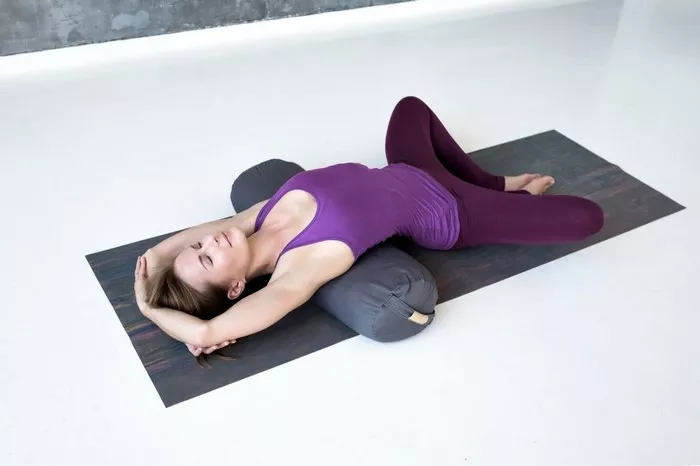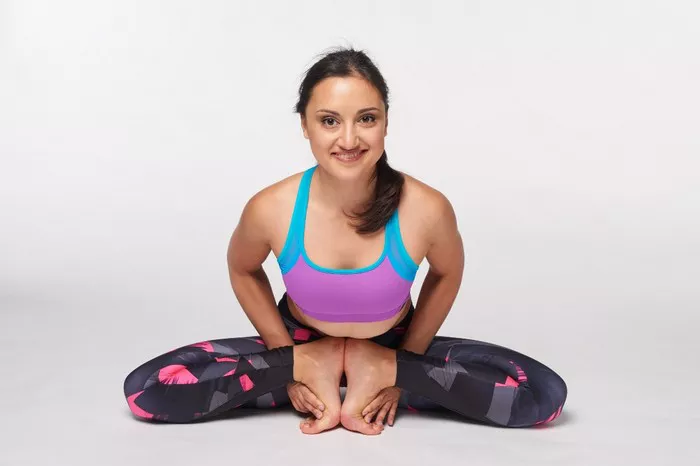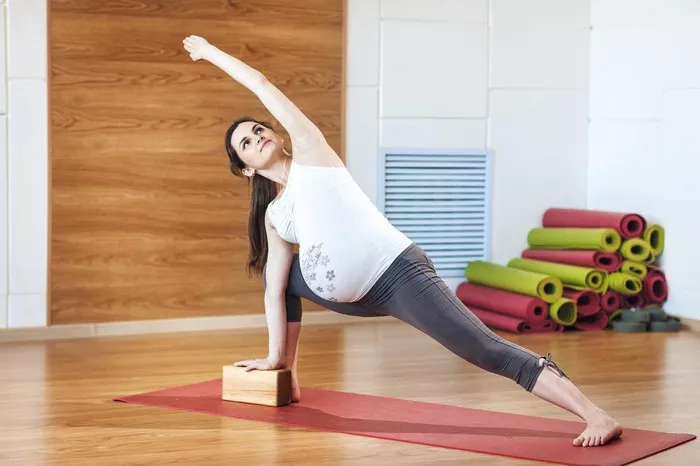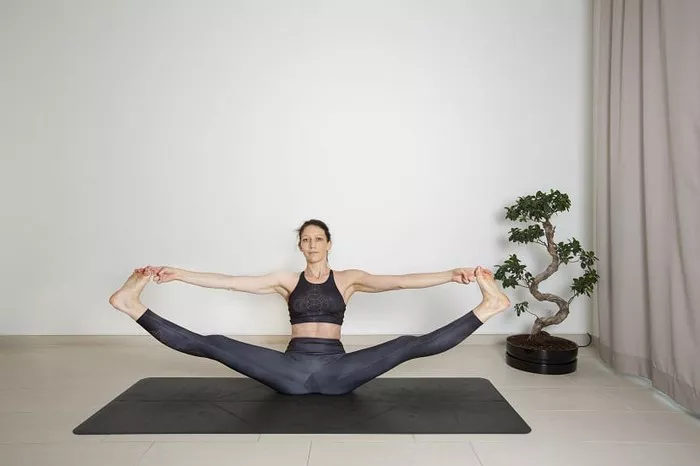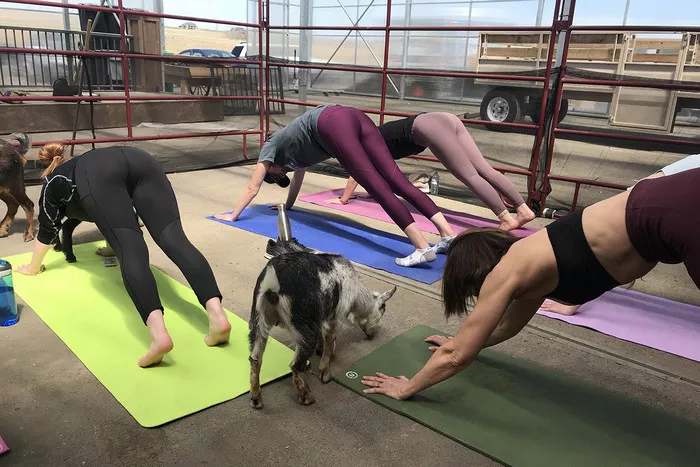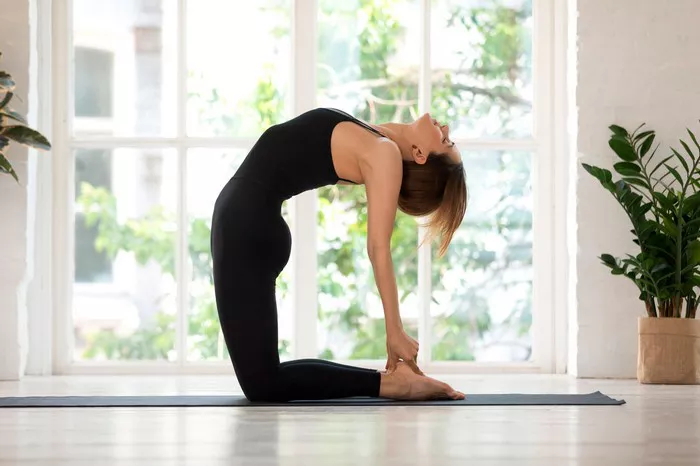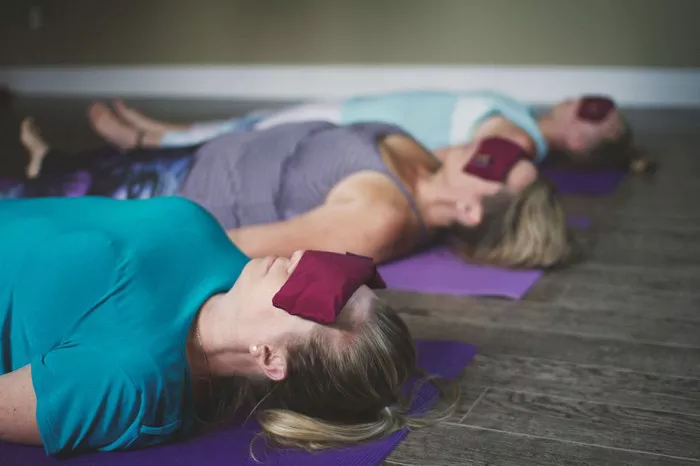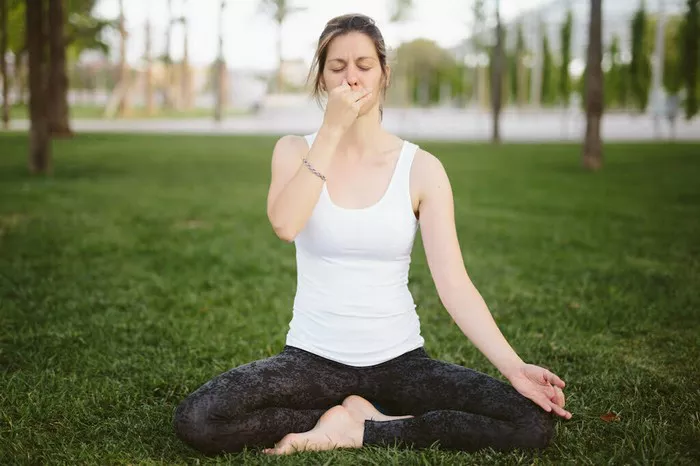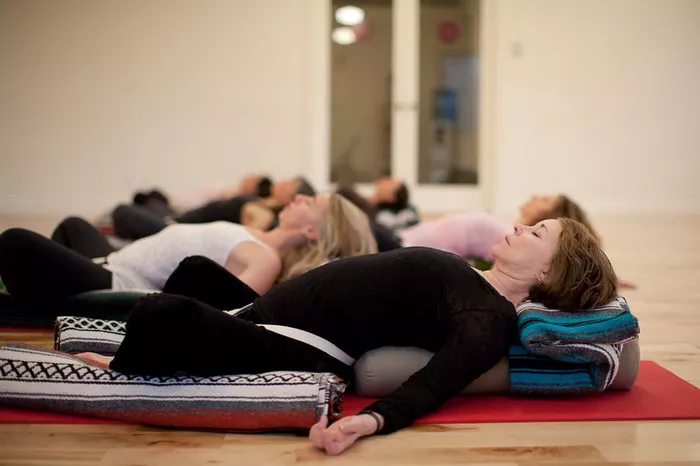Yoga is an ancient practice that has evolved over centuries, encompassing a wide range of asanas (poses) designed to enhance physical flexibility, strength, balance, and mental clarity. Among the many yoga postures, Half Moon Pose, or Ardha Chandrasana, stands out as a dynamic and challenging asana that requires coordination, strength, and flexibility. It is often questioned whether Half Moon Pose is considered an advanced posture, and in this article, we will explore the various factors that contribute to its level of difficulty, as well as how practitioners can safely approach it to maximize its benefits.
Understanding Half Moon Pose
Half Moon Pose (Ardha Chandrasana) is a standing balance pose in yoga that involves a combination of lateral stretching, balance, and strength. The posture is named after the crescent shape of the moon, with one side of the body bending laterally while the other side reaches up towards the sky. In this pose, one leg is lifted off the floor while the other leg remains grounded, forming a shape reminiscent of a half moon or a curved arc.
In its most common form, Half Moon Pose involves the following key actions:
Balance on one leg: One leg remains grounded while the other leg is lifted, which requires strength and stability in the standing leg.
Flexibility in the hip and torso: The body must curve sideways, opening the chest and hips while maintaining a straight line from the foot to the top hand.
Engagement of core muscles: A strong core is essential for maintaining balance and control throughout the posture.
Open chest and extended arm: The raised arm must reach toward the sky, requiring shoulder flexibility and strength.
Key Benefits of Half Moon Pose
Half Moon Pose is not only visually striking but also provides a host of physical and mental benefits. Some of the key advantages of practicing this asana regularly include:
Improves Balance and Coordination: The balancing aspect of Half Moon Pose helps to enhance overall stability, coordination, and proprioception. By engaging the core and legs to maintain balance, practitioners build a deeper awareness of their body’s alignment and positioning.
Strengthens Core, Legs, and Hips: Holding the position requires significant strength in the standing leg, core, and hip flexors. Over time, this builds muscular endurance and improves strength in areas that support standing poses and overall posture.
Stretches the Hips, Spine, and Chest: As the body bends laterally, the pose stretches the hips, spine, and chest, improving flexibility in these areas. The open chest helps to counteract the rounded posture that many of us adopt while sitting, helping to alleviate tension in the shoulders and upper back.
Enhances Mental Focus: Like many yoga postures, Half Moon Pose requires mental concentration and focus to hold the balance. This mindfulness aspect encourages practitioners to be present and aware of their body, enhancing the meditative qualities of the practice.
Boosts Confidence: The challenge of balancing on one leg and holding the pose fosters a sense of accomplishment, which can be a powerful confidence booster. The feeling of triumph upon successfully holding the pose can translate into a greater sense of self-assurance both on and off the mat.
Is Half Moon Pose Advanced?
While Half Moon Pose may appear to be an advanced posture due to its demanding nature, the answer to whether it is truly advanced depends on the practitioner’s level of experience, strength, flexibility, and body awareness. In general, Half Moon Pose can be classified as an intermediate pose rather than an advanced one, though there are certain variations and challenges that may elevate the difficulty.
1. Physical Requirements:
Half Moon Pose requires a combination of strength, balance, and flexibility. The standing leg must be firm and stable, providing the foundation for the pose. The hips need to be open to allow for a lateral bend, while the torso must rotate and expand to allow the arm to reach towards the sky. Flexibility in the hips and spine plays a significant role in achieving a deep and well-aligned pose.
Strength: The leg muscles, especially in the standing leg, need to be strong to hold the posture without collapsing. The core and glutes also engage to stabilize the body and prevent tipping over.
Flexibility: Flexibility in the hips, hamstrings, and spine contributes to a deeper and more fluid movement into the pose. Tight hips or limited spinal mobility can make it more difficult to achieve the full expression of the posture.
Balance: Balancing on one leg is a fundamental aspect of Half Moon Pose, and it can be challenging for beginners or those who are less experienced in standing postures. The ability to maintain balance while simultaneously stretching and opening the body is essential for performing the pose correctly.
2. Alignment Considerations:
One of the most important aspects of Half Moon Pose is maintaining proper alignment to avoid strain or injury. Incorrect alignment in the hips, torso, or shoulders can result in discomfort or even injury, particularly in the lower back or knees.
Hips: In the ideal alignment, the hips should remain squared toward the floor or slightly open, with the lifted leg aligned with the torso. This requires flexibility and the ability to rotate the hips without compromising the integrity of the posture.
Spine and Torso: The spine should remain straight and long throughout the pose, with the chest open and lifted. This may require significant flexibility in the thoracic spine and the shoulders.
Hands and Feet: The bottom hand typically rests on the floor or a block, while the top arm reaches toward the sky. Ensuring proper alignment between the legs, torso, and arms is crucial for maintaining balance and preventing unnecessary strain.
3. Mental and Emotional Challenge:
While the physical aspects of Half Moon Pose can be demanding, the mental challenge can be just as significant. Balancing on one leg requires focus, concentration, and mental clarity. There can be moments of self-doubt or frustration as practitioners try to find their balance or work through physical limitations.
The ability to maintain a calm and steady mind while engaging the body in a challenging pose is an essential skill cultivated through regular yoga practice. In many ways, this mental component elevates the difficulty level of the pose and makes it a challenging practice for many practitioners.
4. Progression and Modifications:
For those new to yoga or those still developing strength and flexibility, Half Moon Pose may initially feel difficult or unattainable. However, with consistent practice and appropriate modifications, most people can eventually build up to the full expression of the pose.
Use of Blocks: Placing a yoga block under the bottom hand can help provide additional support and lift, making the pose more accessible to beginners or those with limited flexibility in the hips or hamstrings.
Bend the Knee: Beginners may find it helpful to slightly bend the standing leg or even place the foot against a wall for support. This allows the practitioner to focus on the hip opening and torso alignment while building strength in the standing leg.
Wall Assistance: Practicing Half Moon Pose near a wall can offer additional stability. The wall can support the back of the standing leg or the torso, helping with balance and alignment as practitioners work on their strength and flexibility.
Engage the Core: Focusing on core engagement is key to maintaining balance in the pose. Actively pulling in the belly button towards the spine helps stabilize the pelvis and avoid tipping or collapsing.
5. Advanced Variations:
As practitioners progress in their yoga practice, they may begin to explore more advanced variations of Half Moon Pose. These variations often involve deeper flexibility, increased strength, and more refined control of balance.
Extended Half Moon Pose: In this variation, the top leg is fully extended, and the bottom leg is lifted higher off the floor, requiring greater strength and balance.
Half Moon with a Twist: A twist can be added to the pose, which involves rotating the torso while maintaining the balance on one leg. This variation requires more spinal flexibility and a deeper level of core control.
Bound Half Moon Pose: In this advanced version, the practitioner holds the lifted foot with the top hand, creating a deeper stretch and opening in the chest. This variation requires significant flexibility and strength in the shoulders, hips, and legs.
Conclusion
Half Moon Pose, or Ardha Chandrasana, is an intermediate yoga posture that offers numerous benefits in terms of strength, balance, flexibility, and mental focus. While it may seem like an advanced pose at first glance, it is accessible to many practitioners with the right modifications and consistent practice. The key to mastering this pose lies in cultivating strength in the legs and core, improving flexibility in the hips and spine, and refining mental focus and balance.
As with any yoga pose, it’s important to listen to your body and work at your own pace. Whether you are a beginner or an experienced practitioner, Half Moon Pose can be a rewarding and empowering pose that helps you develop both physically and mentally. By gradually building strength, flexibility, and balance, you can safely progress toward deeper variations of the pose, ultimately reaping its many benefits.
Related Topics:

